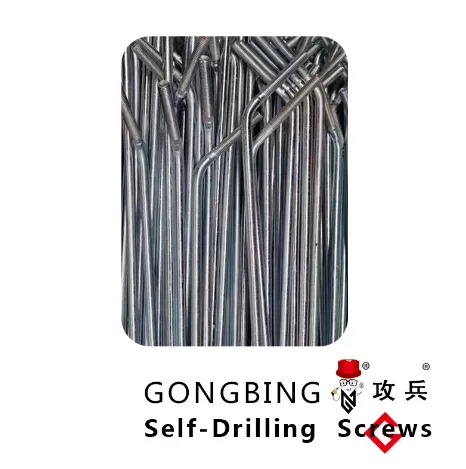The Strength Behind Steel Structure Bracing
In the world of construction, steel structures are renowned for their durability and strength. However, to ensure their stability and safety, various types of bracing are essential. Let's explore the different forms of bracing in steel structures.

Types of Bracing in Steel Structures - A Diverse Array
There are several types of bracing in steel structures. Diagonal bracing provides lateral stability by resisting forces in a diagonal direction. It helps prevent swaying and enhances the overall structural integrity. Vertical bracing offers support against vertical loads and can transfer forces to the foundation. Horizontal bracing distributes loads evenly and maintains the shape of the structure. Each type of bracing has its unique role and application.
Steel Rod Roof Bracing - Strengthening the Roof
Steel rod roof bracing is a crucial element in steel structures. It provides additional support to the roof, preventing it from sagging or collapsing under heavy loads. The steel rods are carefully designed and installed to ensure maximum strength and durability. With steel rod roof bracing, the roof of a steel structure can withstand harsh weather conditions and other external forces.
Cross Bracing Steel - Enhancing Stability
Cross bracing steel is another important form of bracing in steel structures. It consists of steel members arranged in a cross pattern, providing lateral stability and resistance to wind and seismic forces. Cross bracing steel helps to distribute loads evenly and prevent excessive deflection. It is commonly used in tall buildings and structures that are subject to significant lateral forces.
Steel Bracing - A Reliable Solution
Steel bracing in general is a fundamental component of steel structures. It comes in different forms and configurations, depending on the specific requirements of the project. Whether it's diagonal, vertical, or horizontal bracing, steel bracing provides the necessary support and stability to ensure the safety and longevity of the structure.
In conclusion, the different types of bracing in steel structures, including steel rod roof bracing, cross bracing steel, and steel bracing in general, play a vital role in ensuring the stability and durability of steel structures. By understanding and implementing these types of bracing, engineers and builders can create strong and reliable structures that can withstand the test of time and various external forces.
-
Weatherproof Plastic Expansion Anchors for OutdoorNewsJun.06,2025
-
Sustainability in the Supply Chain: Eco-Friendly TEK Screws ProductionNewsJun.06,2025
-
Load-Bearing Capacity of External Insulation FixingsNewsJun.06,2025
-
Double Head Bolts: Enhancing Efficiency in Industrial MachineryNewsJun.06,2025
-
Corrosion Resistance in Chipboard Screws: Coatings for Wholesale DurabilityNewsJun.06,2025
-
Butterfly Toggle Bolts : Enhancing Structural ResilienceNewsJun.06,2025
